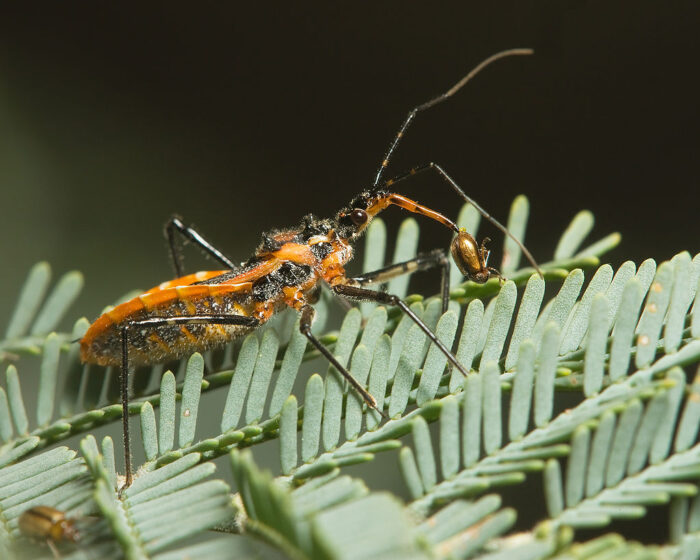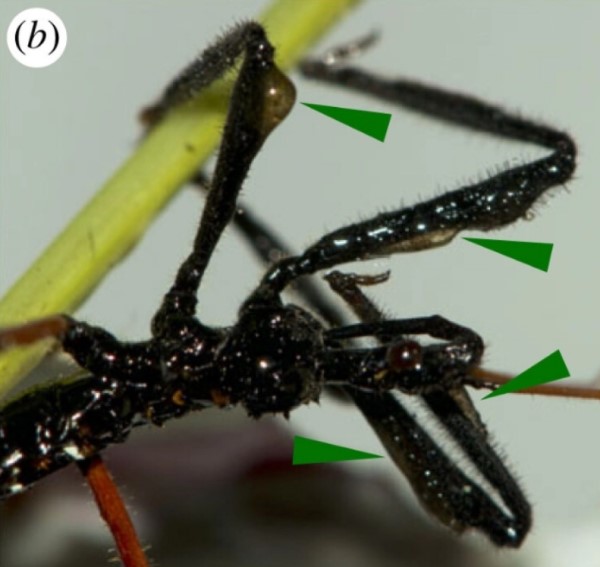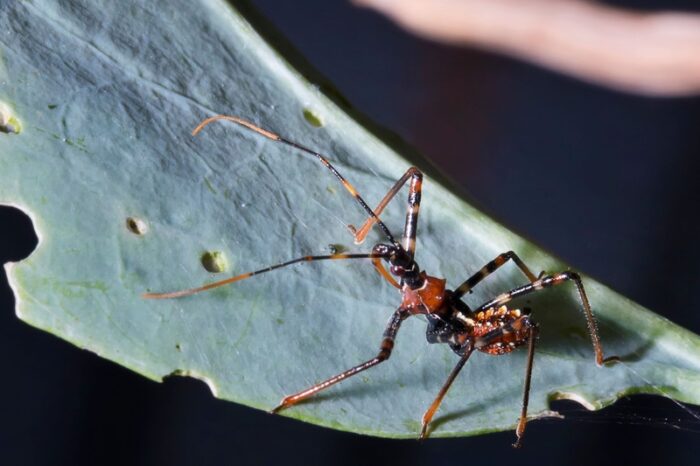May 6 to 21 is Science Odyssey, a celebration of all things science! OWLconnected is recognizing this two-week event with lots of science content, as well as with an amazing contest, presented by our friends at the Natural Sciences and Engineering Research Council of Canada (NSERC). Details are at the end of this post—be sure to enter!
As our research in the animal world grows, we are seeing more and more examples of how animals use things in their environment to make living easier. This includes chimpanzees and crows using sticks to catch insects or sea otters using a rock to help break open shellfish.
In the animal kingdom, tool use is defined as: "the use of an external object as a functional extension of mouth or beak, hand or claw, in the attainment of an immediate goal."
Some animal tool use may not be surprising. Some of the animals are closely related to humans, and they all display intelligence.
But new research is showing that tool use goes far beyond so-called intelligent animals like primates and birds. Even insects can do it!
Sticking with it

Gotcha! An assassin bug with its beetle prey. (Wikimedia Commons)
Meet the assassin bug of Western Australia. With a large mantis-like body and legs, this insect is a powerful predator in the bug world.
But even with a lethal snout that can inject saliva into prey that liquefies their insides (gross!), this hunter can always use an extra advantage. Especially as it tries to capture slippery prey as flies and ants.
It has found a way to make itself sticky!
The assassin bug uses a resin, a sticky secretion, from spinifex grass. Spinifex grows all over dry regions of Australia, and it is well known for the resin it produces. Indigenous Peoples of Australia have used it centuries to help make tools.
But in the case of the assassin bug, the resin itself is the tool. By rubbing it all over their bodies—especially their forelimbs—they greatly increase their chances of catching prey.
Much better chance

In this enlarged image, you can see the deposits of resin collected on the bug's limbs (follow the green arrows pointing at the sticky gloop). (Soley & Herberstein, Biol. Lett., 2023)
Researchers from Macquarie University in Sydney, Australia set up an experiment that tested these abilities. Working with 26 captured assassin bugs, they tested their abilities to capture their favourite prey: flies and ants.
They watched them coat themselves in the grass resin and go hunting. And then they carefully removed the resin with makeup pads, and had them try again. After many dozens of tests, they found that the insects covered in resin were around 25 percent better at capturing bugs that those that weren't.
They also spent extensive time in the wild, watching these bugs cover themselves in the resin as they prepared for the day's hunt. And while a sticky substance might not seem like 'a tool' in the same way as a stick does, it appears clear that it is 'an external object' that helps these critters better reach their goal.
Catching food.
Watch one of these insects applying the resin in the video below!
Contest alert
Don't forget to enter the Science Odyssey Contest! CLICK HERE TO ENTER.

 The assassin bug uses a curved snout, or rostrum, to inject a deadly saliva into its prey. But it needs to catch it first. (ID 259747894 © Wirestock | Dreamstime.com)
The assassin bug uses a curved snout, or rostrum, to inject a deadly saliva into its prey. But it needs to catch it first. (ID 259747894 © Wirestock | Dreamstime.com)









